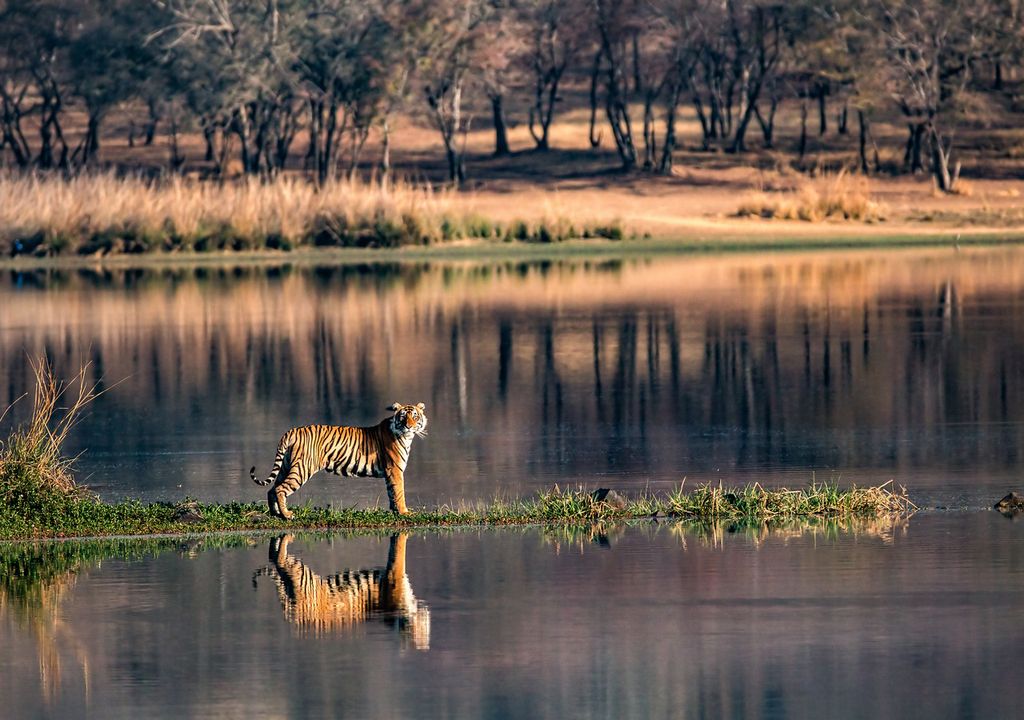The programme uses Earth observation technology from NASA satellites and Google Earth Engine computing power with data such as from camera traps, sign surveys, and sightings of tigers to identify which landscapes need to be protected to help tigers.
It can also monitor changes in the size and quality of the habitat, providing an early warning system if it is damaged.
A lthough global tiger numbers have increased in the last few years, the area occupied by tigers continues to shrink.
Scientists cite habitat loss as a primary cause for the decline in tiger numbers. Until now there has been no system that can measure and monitor changes in the status of tigers and their habitat on national, biome, and landscape scales, and to continually update the data as circumstances change.
Tigers are elusive and their habitats are remote, making tracking hard. In addition, data on emerging threats to tigers typically lags the situation on the ground. Tiger experts hope that near-time monitoring will help improve the quality of their data, allowing faster decision-making for tiger protection.
Shrinking habitat
Historically, tiger populations were found in 30 countries, from the Caspian Sea to the Russian Far East, and south to the Indonesian islands of Sumatra, Java, and Bali. Between 2001 and 2020, the total area where they lived declined from 1.025 million to about 912,000 square kilometers – a decline of 11 percent, with the greatest losses in Southeast Asia and southern China.
There are around 4,500 tigers left, with around 3,000 in India, according to the Wildlife Conservation Society (WCS). They are also found in Nepal, Bhutan, northern China and southeastern Russia.
Scientists believe that there is significant potential for expanding numbers into other landscapes, if there were sufficient other species for them to eat.

Iconic cat
Stuart Chapman, who leads on WWF’s Tigers Alive Initiative said: “Although global tiger numbers have increased in the last few years, the area occupied by tigers continues to shrink.
“Working collaboratively to bring back tigers to where they once roamed is the best way to ensure a long-term and sustainable future for Asia’s most iconic big cat tiger.”
The big cats are important for many ecosystems in Asia since forests with stable populations of tigers are more likely to have higher levels of plants and wildlife and sequester more carbon from the atmosphere.

Wanda Parisien is a computing expert who navigates the vast landscape of hardware and software. With a focus on computer technology, software development, and industry trends, Wanda delivers informative content, tutorials, and analyses to keep readers updated on the latest in the world of computing.


